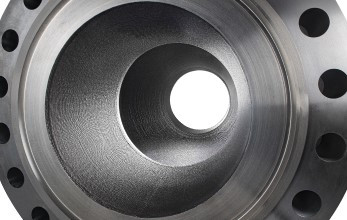
We humans are curious about how far we could go in terms of scientific accomplishments. With the advancements of science, as discoveries become sophisticated, we look forward towards more sustainable, cost-efficient, and compact products that are useful for mankind. We have started digging deep into different fields of studies with the aim of enhancing current scientific knowledge.
Robotics is one such prolific field. We have gone through many iterations of robots that replicate human behaviour; we have manufactured robots as tall as 8.46 m but how far have we gone in exploring the areas that are too small for the naked eye? This is where the idea of micro-robotics comes into the picture. The integral idea of creating a robot is to emulate the functions of humans such as gathering data to process, extracting insights, and making decisions to implement them by modifying a robot’s behaviour. When these characteristics are reduced in scale, we enter the world of micro-robotics.
Micro robotics typically deals with robots that range in size from a few micrometers to a few centimeters. The concept of microbots first emerged in 1980. Researchers were focused on developing theoretical frameworks, locomotive principles and investigating materials for micro-scale fabrication. The development of Micro Electromechanical systems (MEMS) provided a breakthrough in microbots technology. MEMS offered fabrication techniques that allowed for the integration of mechanical, electrical, and sensing components on a microscale.
The beginning of the journey of miniaturisation commenced in the stomach of a mouse, where a small robotic motor was deployed to explore a completely new world. These bots were propelled by the mouse’s own gastric acid to deliver its payload..
We can draw a lot of similarities with what we see in movies where a submarine with the human crew is shrunk down to microscopic level and sent on a mission inside a human to explore.
Printed circuit boards propel small magnetic robots electromagnetically, with the capacity to adjust their speed and movement in two axes as well as rotationally. Magnetic levitation is a method of operating magnetic microrobots, which could improve positional resolution.

Affordable Construction Material for African and European Countries

Cladded Valves

Microbots: Small is More

TMT Steel Bars: The Backbone of Modern Construction